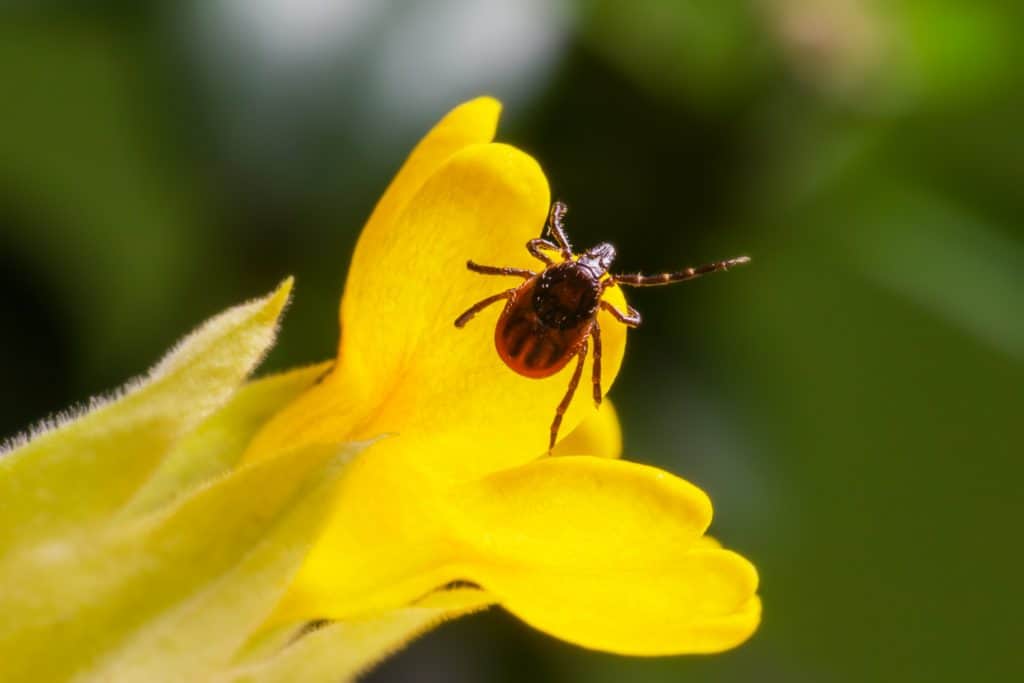4.5K
Lyme disease is caused by several species of spiral-shaped bacteria – or “spirochetes” – from the group Borrelia. Species of Borrelia that cause Lyme disease are collectively known as Borrelia burgdorferi sensu lato, but it’s important to note that this group contains at least 18 known species of Lyme-causing bacteria. That’s not to mention a related but separate group of Borrelia that cause Tick-Borne Relapsing Fever.
Why is it so important to understand the different species of Lyme disease Borrelia? Not all diagnostic tests are designed to detect all known species of Lyme-causing Borrelia. This can lead to false negatives if a person is tested for one species or strain but is actually infected with another.
This article will cover some of the most important known species of Lyme disease Borrelia, when they were discovered, where they are most common, and what doctors should know about testing for multiple species.


An Overview of Lyme Disease Borrelia
Lyme disease is the most common vector-borne disease in the U.S., with an estimated 400,000 cases per year in the U.S. according to the Centers for Disease Control and Prevention. It’s also the fastest growing infectious disease in both the U.S. and Europe. It’s crucial that our public health response take into account a clear understanding of all the different species of Lyme-causing Borrelia in the U.S. and beyond. But first, keep reading to learn about what all species of Lyme Borrelia have in common.Borrelia are spirochetes
Spiral- or corkscrew-shaped bacteria like those in the group Borrelia are known as spirochetes. Not all spirochetes are pathogenic, and not all pathogenic spirochetes are vector-borne. For example, the spirochete group Treponema pallidum is known to cause syphilis through sexual transmission.
Borrelia cause vector-borne infectious diseases
The pathogenic spirochetes in the group Borrelia are zoonotic – meaning they are spread from animals to humans (and to other animals) – and vector-borne – meaning they are transmitted through vectors, namely ticks and lice. Lyme disease Borrelia live in so-called reservoir hosts, such as birds or the white-footed mouse, and are transmitted to tick larvae or nymphs during the feeding process. When these ticks then go on to feed on larger mammals such as humans, the bacteria are transmitted and cause an infection resulting in Lyme disease. Below is a breakdown of the different types of Lyme Borrelia scientists have discovered so far.Borrelia burgdorferi sensu lato
This broad classification of Lyme-causing Borrelia includes many species and strains of Lyme-causing Borrelia, including:1. Borrelia burgdorferi sensu stricto
The Lyme-causing bacteria was first discovered in 1981 by scientist Willy Burgdorfer, and subsequently named after him: Borrelia burgdorferi. When scientists refer to the species Borrelia burgdorferi sensu stricto, they are referring to one of two strains in this species: B. burgdorferi B31 or B. burgdorferi 297. Transmitted by the black-legged tick, it is the predominant species in North America but is also common in Europe.2. Borrelia afzelii
Discovered in 1994, B. afzelii is named after the Swedish scientist who originally identified the erythema migrans rash that sometimes appears in early-stage Lyme, and is predominant in Europe and Asia.3. Borrelia garinii
- garinii is responsible for Lyme disease in Eurasia.
- japonica – Discovered 1994
- andersonii – Discovered 1995
- lusitaniae – Discovered 1997
- bissettii – Discovered 1998
- spielmanii – Discovered 2006
- californiensis – Discovered 2007
- mayonii – Discovered 2016
What about Borrelia that cause TBRF?
A separate but related group of Borrelia is responsible for what are known as relapsing fever diseases. Within this group, some species are specific to ticks and cause Tick-Borne Relapsing Fever (TBRF) while others are specific to lice and cause Louse-Borne Relapsing Fever (LBRF). TBRF Borrelia differ from Lyme Borrelia in that they are mostly transmitted by soft ticks, which feed (and transmit disease) much more quickly than the hard ticks that spread Lyme. However, the species B. miyamotoi is known to cause TBRF and is transmitted by hard ticks.








